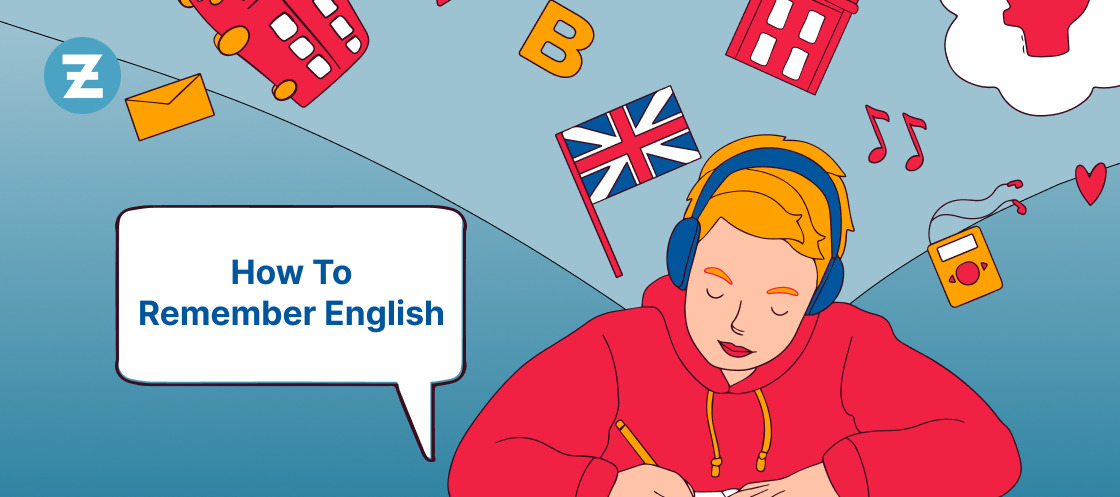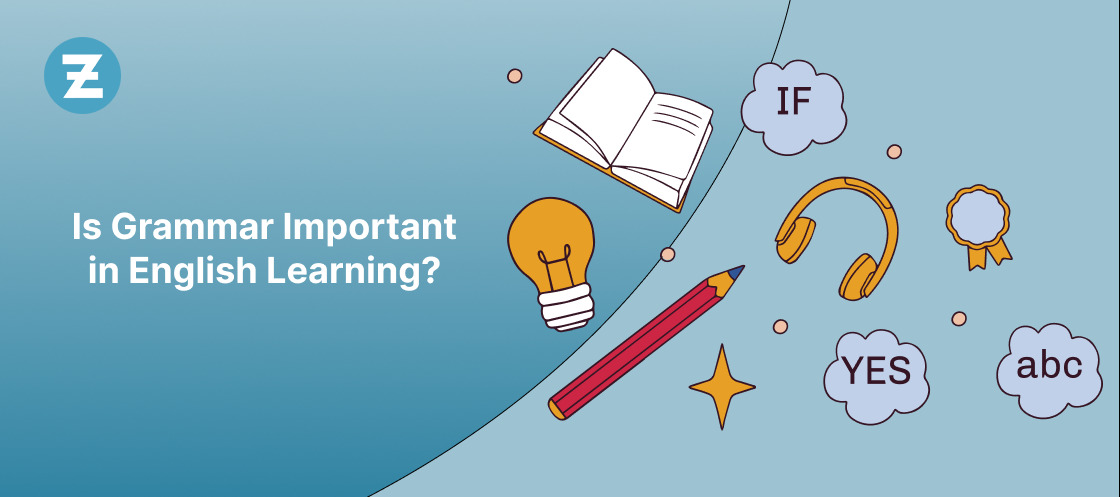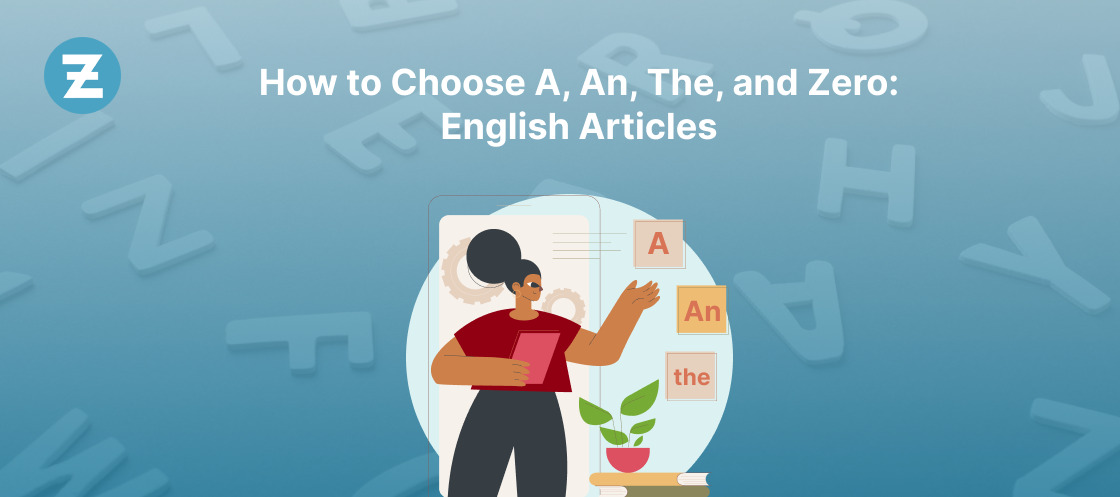Chances are, you’re already familiar with basic English greetings like “Hello” and “How are you?” However, English offers many other greetings and expressions that convey different nuances.
Join us on a journey to explore additional formal and informal English greetings and playful slang phrases that native speakers use to warmly welcome one another. Expand your repertoire of English greetings and add a touch of flair to your conversations.
Read Also: The 187 Most Useful American Slang Words You Need to Know
Formal Greetings in English
When initiating business interactions, it is advisable to start with formal greetings. Pay attention to how your co-workers or business partners greet you and follow their lead.
Allow others to initiate casual conversation before adopting a more informal tone. As your relationships develop, you may find that casual greetings naturally become more common.
Remember to use formal greetings when meeting older individuals as a sign of respect and courtesy.
-
Good morning, Good afternoon or Good evening
These greetings are time-specific and used to acknowledge the time of day when greeting someone. “Good morning” is used before noon, “Good afternoon” is used from noon until evening, and “Good evening” is used in the later part of the day.
-
It’s nice to meet you or Pleased to meet you
These phrases are used when meeting someone for the first time. They express politeness and convey that you are pleased to make their acquaintance. These greetings help create a positive and friendly atmosphere.
-
How have you been?
This question is a polite way to inquire about someone’s well-being. It is commonly used when you haven’t seen someone or as a general inquiry about their recent experiences. It shows interest in the person and invites them to share how they have been doing.
-
How do you do?
“How do you do?” is a formal greeting often used in formal or business settings. It is a way to acknowledge someone and start a conversation. Interestingly, “How do you do?” is a fixed phrase and does not require an actual response. Instead, it is customary to reply with the same phrase, “How do you do?”
|
Upgrade your English pronunciation and listening abilities with Zoundslike’s interactive learning platform! |
Informal Greetings in English
-
Hey, Hey man or Hi
These casual greetings are commonly used among friends, acquaintances, or informal settings. “Hey” or “Hi” are simple and friendly ways to initiate a conversation or acknowledge someone’s presence. “Hey, man” is more informal and often used between male friends.
-
Greeting a stranger
A simple “Hello” or “Hi” would suffice when greeting a stranger in an informal setting. It is a polite way to acknowledge the person without being too familiar. It’s important to consider the context and tone when approaching someone you don’t know.
-
How’s it going? or How are you doing?
These phrases are popular informal greetings used to ask about someone’s well-being or current status. They are often used among friends, colleagues, or acquaintances. It’s a casual way of showing interest in the person’s situation and inviting a response.
-
What’s up?, What’s new?, or What’s going on?
These greetings are commonly used to ask about someone’s current situation or to initiate a casual conversation. They invite people to share any updates or news they may have.
-
How’s everything?, How are things? or How’s life?
These greetings are used to inquire about someone’s overall well-being or the state of their life. They show interest in the person’s situation and invite them to share updates or experiences.
-
How’s your day?, or How’s your day going?
These greetings ask about the person’s current day and how it’s progressing. They show interest in the person’s daily activities and well-being.
-
Good to see you or Nice to see you
These phrases express pleasure or happiness upon seeing someone you know. They are used to acknowledge the person’s presence and convey a positive sentiment.
-
Long time no see or It’s been a while
These greetings are used when you last saw someone for an extended period. They acknowledge the gap in time and express that it’s been a while since you last met.
|
Improve your listening and speaking skills in English with Zoundslike’s fun and easy-to-use app! |
Slang Greetings in English
Slang greetings offer a laid-back and casual way to greet individuals, ideal for close acquaintances or friends with whom you share a strong rapport.
Remember, these slang expressions often vary by region, and employing Australian slang in the United States, for instance, may raise a few eyebrows.
While it’s essential to familiarize yourself with local slang wherever you find yourself, here are some widely used examples to kick-start your slang greeting repertoire.
-
Yo!
“Yo!” is a casual greeting from hip-hop slang in the 1990s. It’s commonly used in the United States and can be used seriously and jokingly. However, it’s important to note that this type of greeting should only be used with close friends and not in a professional or business setting.
-
Are you OK?, You alright? or Alright mate?
In Britain, it’s common to use casual phrases like “Are you OK?”, “You alright?” or “Alright mate?” as a way of saying hello and asking how someone is doing. You can respond with a simple “yeah, fine” or “alright” before asking how the other person is doing.
-
Howdy!
“Howdy!” is a delightful and casual phrase derived from the abbreviation “how do you do?” It finds its origins in specific areas of Canada and the United States.
Please be aware that employing “howdy” beyond these regions might evoke a cowboy-like impression, potentially amusing the other person.
-
Sup? or Whazzup?
“Sup?” or “Whazzup?” are popular greetings among teenagers. These abbreviations are short for “what’s up?” and can be answered with “nothing” or “not much,” just like the full phrase.
-
G’day mate!
This warm and unique greeting originates from the land down under Australia. “G’day mate!” is an abbreviation of “good day,” infused with Aussie charm.
In the spirit of Australian culture, it’s worth noting that their greetings often incorporate the everyday use of “ya” instead of “you.” So, instead of asking, “how are you?” you might hear the friendly phrase, “how are ya?” And if someone asks, “how are ya going?” they are essentially inquiring about your well-being, similar to “how’s it going?” or “how are you doing?”
-
Hiya!
This unique and lively salutation, originating from the vibrant regions of England, adds a touch of flair to your conversations. It’s a playful way to greet someone without expecting a detailed response. So go ahead and simply respond with an enthusiastic “hey!” to keep the conversation flowing.
Read Also: 15 English Phrases To Express Your Feelings
Conclusion
In conclusion, English greetings are not limited to just saying “hello” and “how are you?” Various greetings can be used in different situations and with different people.
Learning how to use these greetings can help you to build better relationships with others and to show respect for their culture and customs.
So, the next time you greet someone in English, consider using one of these alternative greetings to make a positive impression.If you want to enhance your English language skills, you can try the free language improvement app designed to make it easy to improve your English. With Zoundslike, you can develop your language skills quickly and effectively. Don’t wait any longer. Download today!
FAQs
Q.1 Why is it important to go beyond the typical greetings like Hello and How are you in English?
Expanding your repertoire of greetings in English allows for more meaningful and engaging interactions, showcasing cultural awareness and fostering deeper connections with others.
Q.2 How can learning unique English greetings enhance my language skills?
Learning diverse greetings helps you develop a richer vocabulary, improve pronunciation, and gain a deeper understanding of cultural nuances, enhancing your overall language proficiency.
Q.3 Can you provide some tips for using alternative English greetings effectively?
To use alternative greetings effectively, pay attention to the context and the relationship with the person you’re greeting. Consider cultural norms and adapt accordingly. Also, observe and learn from native English speakers to understand the appropriate usage of different greetings.
Q.4 Will using alternative English greetings make me sound more fluent?
Yes, incorporating alternative greetings demonstrates fluency and cultural competence. It shows your willingness to go beyond basic phrases, making your English conversations more engaging and impressive to native speakers.








